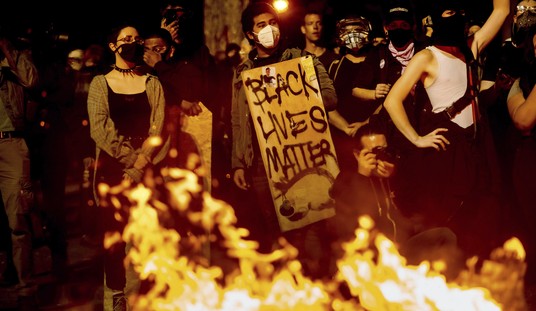In a last-ditch effort to contain the coronavirus, Italy has put 16 million people in 15 northern provinces under quarantine. Travel will be banned in that area, which includes Milan and Venice.
Rome reported more than 1200 new cases of the coronavirus yesterday while the death toll has now passed 230. Politics and a poor initial response to the virus appears to have allowed the disease to spread uncontrollably.
BBC:
Prime Minister Giuseppe Conte also announced the closure of schools, gyms, museums, nightclubs and other venues across the whole country.
The measures, the most radical taken outside China, will last until 3 April.
Italy has seen the largest number of coronavirus infections in Europe, with the number of confirmed cases jumping by more than 1,200 to 5,883 on Saturday.
The strict new quarantine measures affect a quarter of the Italian population and centre on the rich northern part of the country that powers its economy.
Italy’s healthcare system is already at risk of being overwhelmed and if it gets much worse, a total collapse is possible. Authorities want to head that possibility off by keeping the coronavirus contained to one area, hoping the concentration of resources that the government is bringing to bear will be enough.
“There will be no movement in or out of these areas, or within them, unless for proven, work-related reasons emergencies or health reasons,” Mr Conte told reporters.
“We are facing an emergency, a national emergency. We have to limit the spread of the virus and prevent our hospitals from being overwhelmed.”
However transport in and out of the regions affected continues. Flights continued to arrive at Milan’s Malpensa and Linate airports on Sunday, though some scheduled flights were cancelled.
Outside of planes and trains, nothing will be moving and the daily lives of people will be disrupted.
Weddings and funerals have been suspended, as well as religious and cultural events. Cinemas, night clubs, gyms, swimming pools, museums and ski resorts have been closed.
Restaurants and cafes in the quarantined zones can open between 06:00 and 18:00 but customers must sit at least 1m (3ft) apart.
People have been told to stay at home as much as possible, and those who break the quarantine could face three months in jail.
Such restrictions are possible in America. Some school districts are already closing their doors and many colleges and universities have canceled classes. But the outbreaks so far have been local, confined to a city or an area, not nationwide like it is in Italy, or Iran, or China.
There is some question whether these extreme measures should have already been implemented in the U.S. The president is receiving criticism today for not banning senior citizens from flying. But Trump had to weigh the consequences and advantages of a ban on flying for the elderly and determined it was too early for such an extreme measure. It could have easily caused unnecessary panic.
If you can get by the painfully obvious political attacks on the government’s response and compare it to Italy’s, you’re left with the fact that despite the much larger population and the most mobile society in history, we’re in nowhere near as bad shape as the Italians.
You want an incompetent government response? Choose Italy. That’s what one really looks like.










Join the conversation as a VIP Member